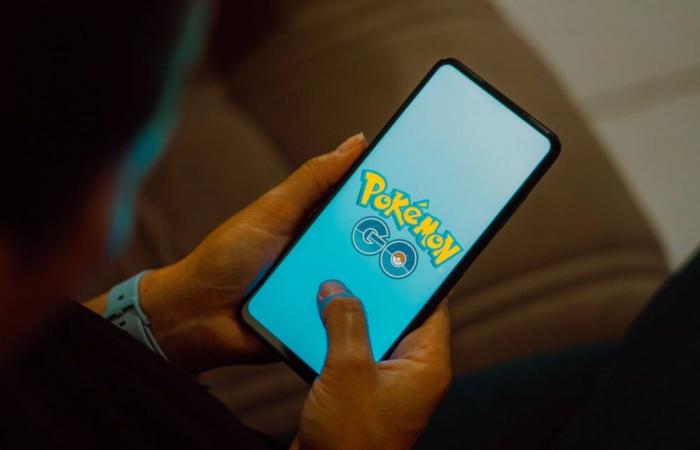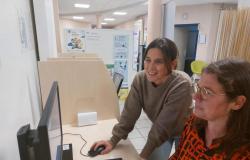A scenario like Black Mirror. The players of Pokémon Go contributed to the development of artificial intelligence which the studio behind the game, Niantic Labs, is working on. Studio created within Google in 2010, and which received a large investment from the Silicon Valley firm when it became independent in 2015, a year before the launch of Pokémon Go.
The information was posted on the Niantic Labs blog. The company announces that it is working on a “Large Geospatial Model”, by analogy with the “Large Language Model”, the new ChatGPT-style conversational AI. Its goal: “To enable computers to not only perceive and understand physical spaces, but also to interact with them in a new way, becoming a crucial component of augmented reality glasses and other sectors including robotics, creative content and stand-alone systems. » In short, an AI to improve autonomous navigation systems and augmented reality.
Millions of locations scanned
But this technology relies on significant amounts of data, including images and 3D scans of places and buildings. And who spends several hours a week or month crossing the city, phone in hand? The players of Pokémon Go. Niantic claims to have scanned 10 million locations around the world, a million of which are already compatible with its first experiments. In the video game, this allows for example to leave one of your Pokémon in a location, so that other players can find it in the exact location, and see it in augmented reality.
But, recently, the use of personal data or user content to train artificial intelligence has raised concerns. On the one hand, on transparency, on the other hand, on the purpose of uses. Facebook, LinkedIn and, for example, Doctolib have all announced in 2024 that their users' data will now be used to train AI models. For Niantic, the result is currently limited to a few pixels in a game, but the future may hold surprises.






